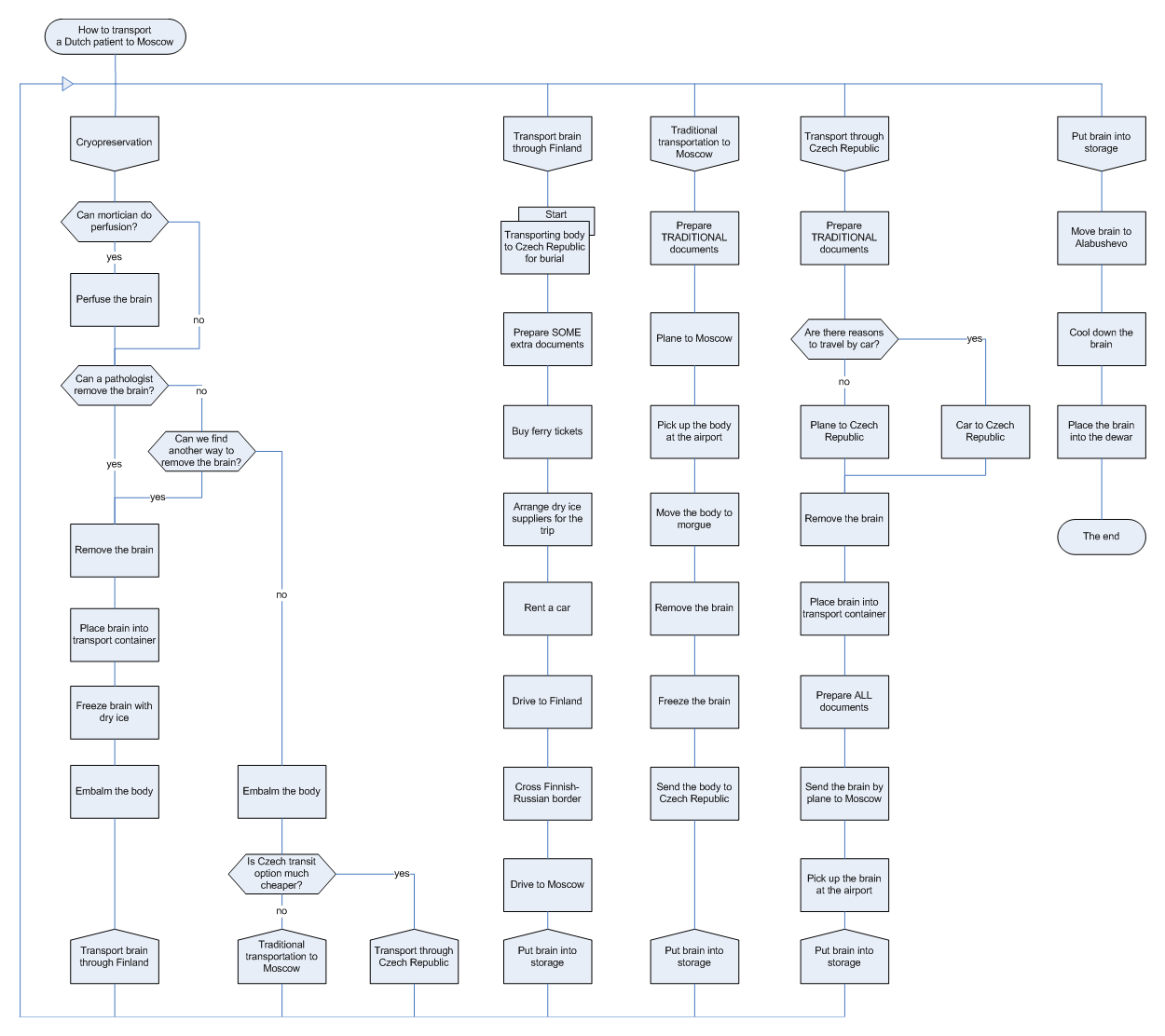Deutsch limit on:
[Wikipedia]
[Google]
[Amazon]
 The Deutsch limit is an
The Deutsch limit is an
Parsons and Cranshaw commentary on Deutsch Limit
in "Patterns of Visual Programming" *
commentary on Visual Programming
Computer programming Adages Computer programming folklore Software engineering folklore Programming principles Visual programming languages
 The Deutsch limit is an
The Deutsch limit is an aphorism
An aphorism (from Greek ἀφορισμός: ''aphorismos'', denoting 'delimitation', 'distinction', and 'definition') is a concise, terse, laconic, or memorable expression of a general truth or principle. Aphorisms are often handed down by tra ...
about the information density of visual programming language
In computing, a visual programming language (visual programming system, VPL, or, VPS) is any programming language that lets users create programs by manipulating program elements ''graphically'' rather than by specifying them ''textually''. A VP ...
s originated by L. Peter Deutsch
L Peter Deutsch (born Laurence Peter Deutsch on August 7, 1946, in Boston, Massachusetts) is the founder of Aladdin Enterprises and creator of Ghostscript, a free software PostScript and Portable Document Format, PDF interpreter.
Deutsch's othe ...
that states:
:The problem with visual programming is that you can’t have more than 50 visual primitives on the screen at the same time.
The term was made up by Fred Lakin
Fred may refer to:
People
* Fred (name), including a list of people and characters with the name
Mononym
* Fred (cartoonist) (1931–2013), pen name of Fred Othon Aristidès, French
* Fred (footballer, born 1949) (1949–2022), Frederico Rodr ...
, after Deutsch made the following comment at a talk on visual programming by Scott Kim
Scott Kim is an American puzzle and video game designer, artist, and author of Korean descent. He started writing an occasional "Boggler" column for ''Discover'' magazine in 1990, and became an exclusive columnist in 1999, and created hundreds of ...
and Warren Robinett
Joseph Warren Robinett Jr. (born December 25, 1951) In the A. Miller interview, Robinett says he was 26 in November 1977. is a designer of interactive computer graphics software, notable as the developer of the Atari 2600's ''Adventure'' — ...
: "Well, this is all fine and well, but the problem with visual programming languages is that you can’t have more than 50 visual primitives on the screen at the same time. How are you going to write an operating system?"
The primitives in a visual language are the separate graphical elements used to build a program, and having more of them available at the same time allows the programmer to read more information. This ''limit'' is sometimes cited as an example of the advantage of textual over visual languages, pointing out the greater information density of text, and posing a difficulty in scaling the language.
However, criticisms of the limit include that it is not clear whether a similar limit also exists in textual programming languages; and that the limit could be overcome by applying modularity
Broadly speaking, modularity is the degree to which a system's components may be separated and recombined, often with the benefit of flexibility and variety in use. The concept of modularity is used primarily to reduce complexity by breaking a sy ...
to visual programming as is commonly done in textual programming.
See also
*Cognitive dimensions of notations
Cognitive dimensions or cognitive dimensions of notations are design principles for notations, user interfaces and programming languages, described by researcher Thomas R.G. Green and further researched with Marian Petre. The dimensions can be u ...
* Conway's law
Conway's law is an adage that states organizations design systems that mirror their own communication structure. It is named after the computer programmer Melvin Conway, who introduced the idea in 1967. His original wording was:
The law is bas ...
References
{{ReflistExternal links
Parsons and Cranshaw commentary on Deutsch Limit
in "Patterns of Visual Programming" *
Baeza-Yates
Ricardo A. Baeza-Yates (born March 21, 1961) is a Chilean-Catalan computer scientist that currently is a Research Professor at the Institute for Experiential AI of Northeastern University in the Silicon Valley campus. He is also part-time profes ...
'commentary on Visual Programming
Computer programming Adages Computer programming folklore Software engineering folklore Programming principles Visual programming languages